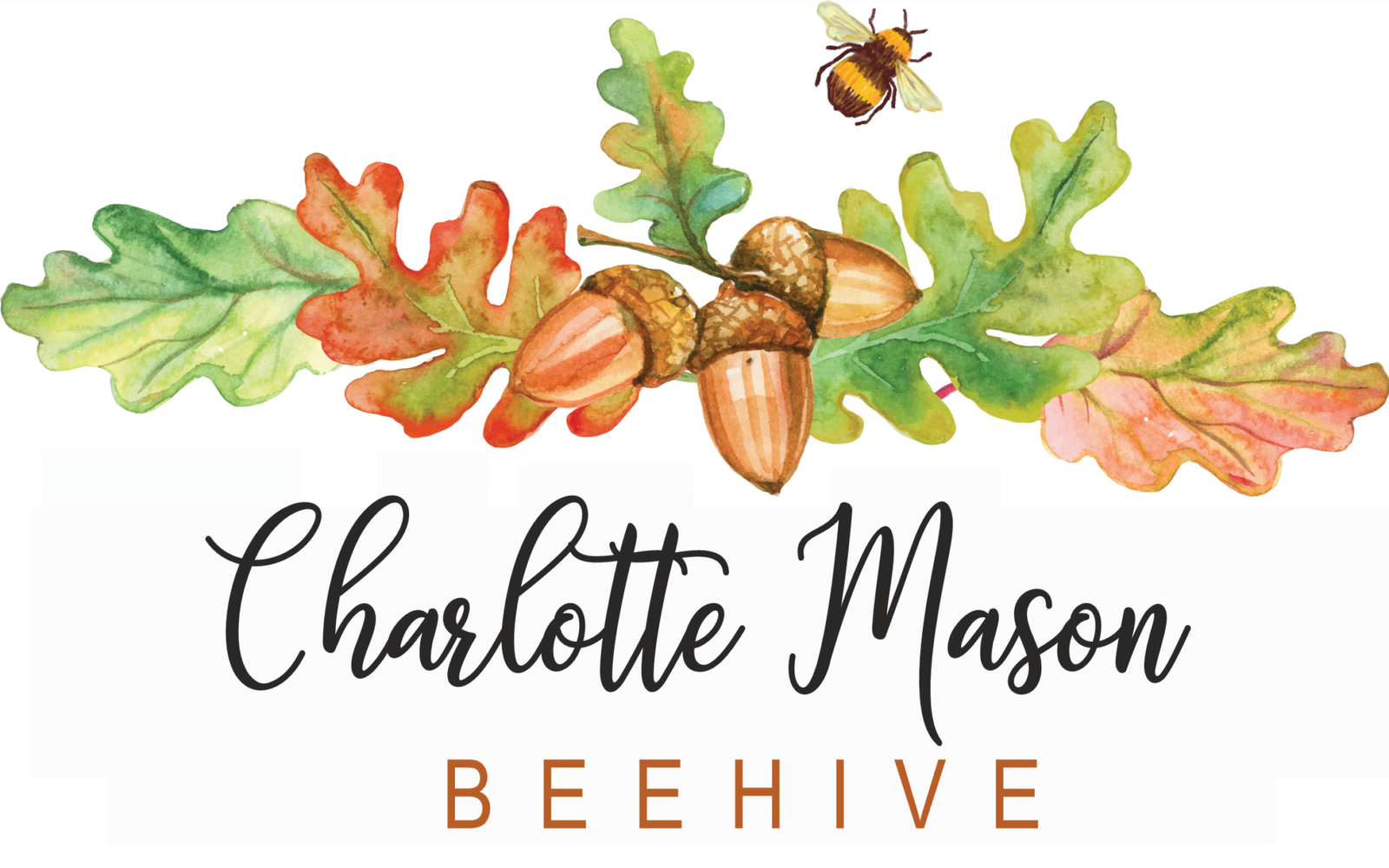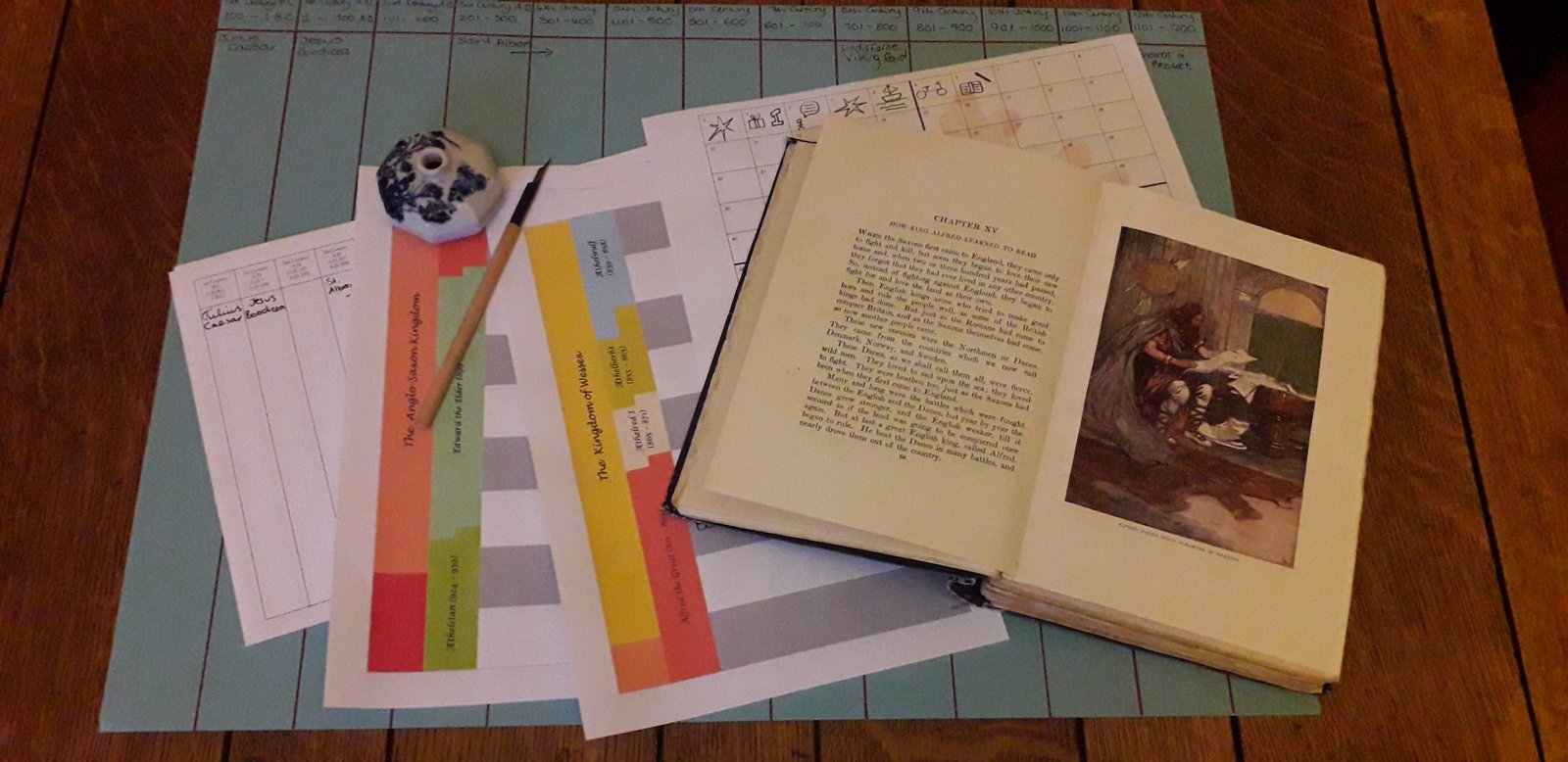“The art training of children should proceed on two lines. The six-year-old child should begin both to express himself and to appreciate, and his appreciation should be well in advance of his power to express what he sees or imagines. Therefore it is a lamentable thing when the appreciation of children is exercised only upon the coloured lithographs of their picture-books or of the ‘Christmas number.’ But the reader will say, ‘A young child cannot appreciate art; it is only the colour and sentiment of a picture that reach him […] But, as a matter of fact, the minds of children and of their elders alike accommodate themselves to what is put in their way; and if children appreciate the vulgar and sentimental in art, it is because that is the manner of art to which they become habituated.”
[Vol. I, pp. 307-308]
Scheduling
1 x 10 – 20 minute lesson per week.((In the earliest timetable we have available, Picture Study was scheduled as one 10 minute lesson for Form I. The other forms did not have it assigned for morning lessons and so presumably it was taken as an afternoon occupation. In a time table from the 1920s Forms II – IV had a twenty minute slot during morning lessons.))
Material covered
“When children have begun regular lessons (that is, as soon as they are six), this sort of study of pictures should not be left to chance, but they should take one artist after another, term by term, and study quietly some half-dozen reproductions of his work in the course of the term.”
[Vol. I, pp. 308-309]
All programmes had the same directive: “Study reproductions of six pictures”. No matter the length of the term1 the students were always assigned half a dozen works of art to study.
Assigning Artists
“We cannot measure the influence that one or another artist has upon the child’s sense of beauty, upon his power of seeing, as in a picture, the common sights of life; he is enriched more than we know in having really looked at even a single picture. It is a mistake to think that colour is quite necessary to children in their art studies. They find colour in many places, and are content, for the time, with form and feeling in their pictures.”
[Vol. I, pp. 309]
All forms were assigned the same artist and pictures per term. In the younger forms the historical period of the artist did not matter so much although in the senior years they would coincide more closely with the period in history they were studying.
There are literally hundreds and hundreds of wonderful artists to choose from each term; however for interest sake, the following thirty-two artists were included on the programmes between 1921 and 1933. The table shows how many times the artist was used in this time, the artists’ lifespan, nationality, and the period/style of his work. There are a couple of instances where two artists were assigned to be studied side-by-side together during a term. This is indicated on the table.


Further Reading
A Lesson on a Picture Talk, by Charlotte Mason
Notes of Lessons: Picture Study, Class Ib: The Lady of Shalott
Notes of Lessons: Picture Study, Class Ib
Notes of Lessons: Picture Study, Class II
Notes of Lessons: Picture Study, Class III
Printables
Footnotes
- Sometimes a term could be as long as fourteen weeks, and others as short as just nine. Term lengths varied based on factors such as when Easter fell that year. [↩]







![Relationship. It's all about relationship.Relationship with each other, relationship with big ideas, and most importantly, relationship with their Heavenly Father."Education is the Science of Relations," Miss Mason tells us, and so we expose our children to living ideas by way of Scripture, poetry, books, music, art, nature, and play. And when we don't always get it right. When we can't see the results, let us not forget that education isn't an end in itself. Rather, it is the beginning of a lifelong journey of discovery that ultimately starts as a relationship. And good relationships take time to build. Time that is worth it."[Children] come into the world with many relations waiting to be established; relations with places far and near, with the wide universe, with the past of history, with the social economics of the present, with the earth they live on and all its delightful progeny of beast and bird, plant and tree; with the sweet human affinities they entered into at birth; with their own country and other countries, and, above all, with that most sublime of human relationships––their relation to God." -- Charlotte MasonFor #charlottemasonmondays we're talking about how we think about a Charlotte Mason education in our own homes. Make sure you check out what my friends are saying@atailormadefeast
@juiceboxhomeschool
@miajewellreads
@moraviapress
@aroundtheworld_homeschool
@raising_arrows_mama
@hannahs.healthyhabits
@mylittlerobins#CMMdaytoday](https://charlottemasonbeehive.co.uk/wp-content/plugins/instagram-feed/img/placeholder.png)